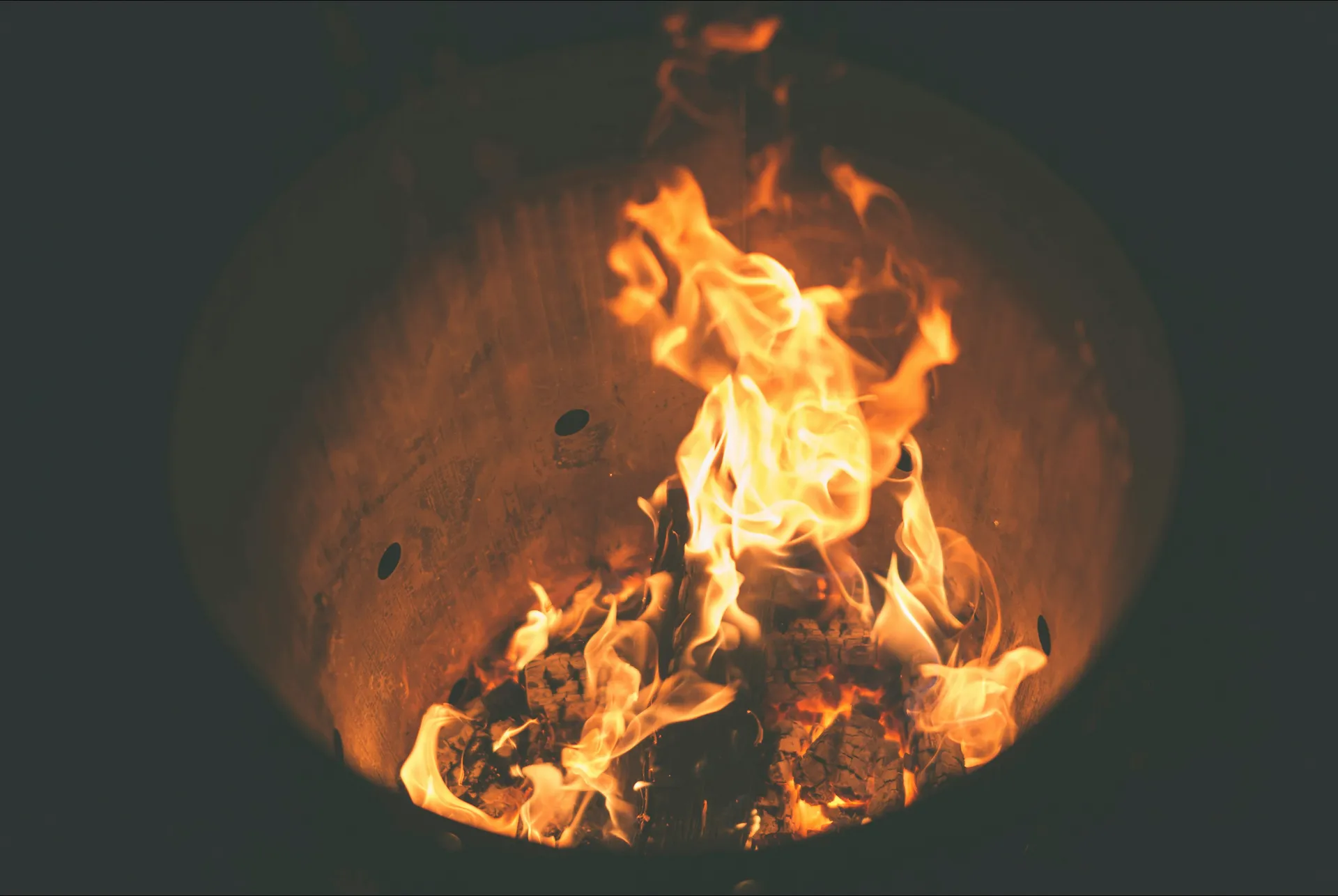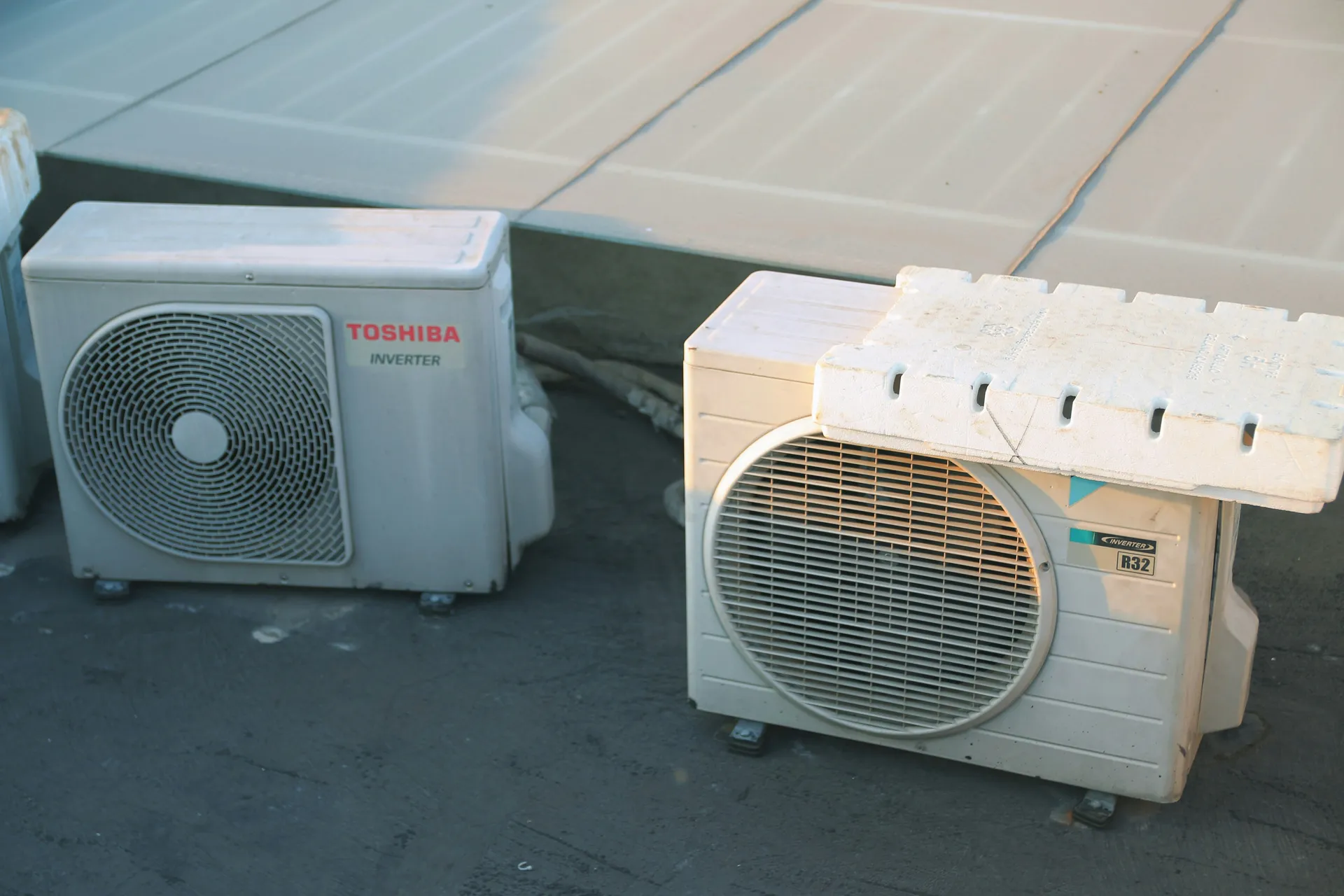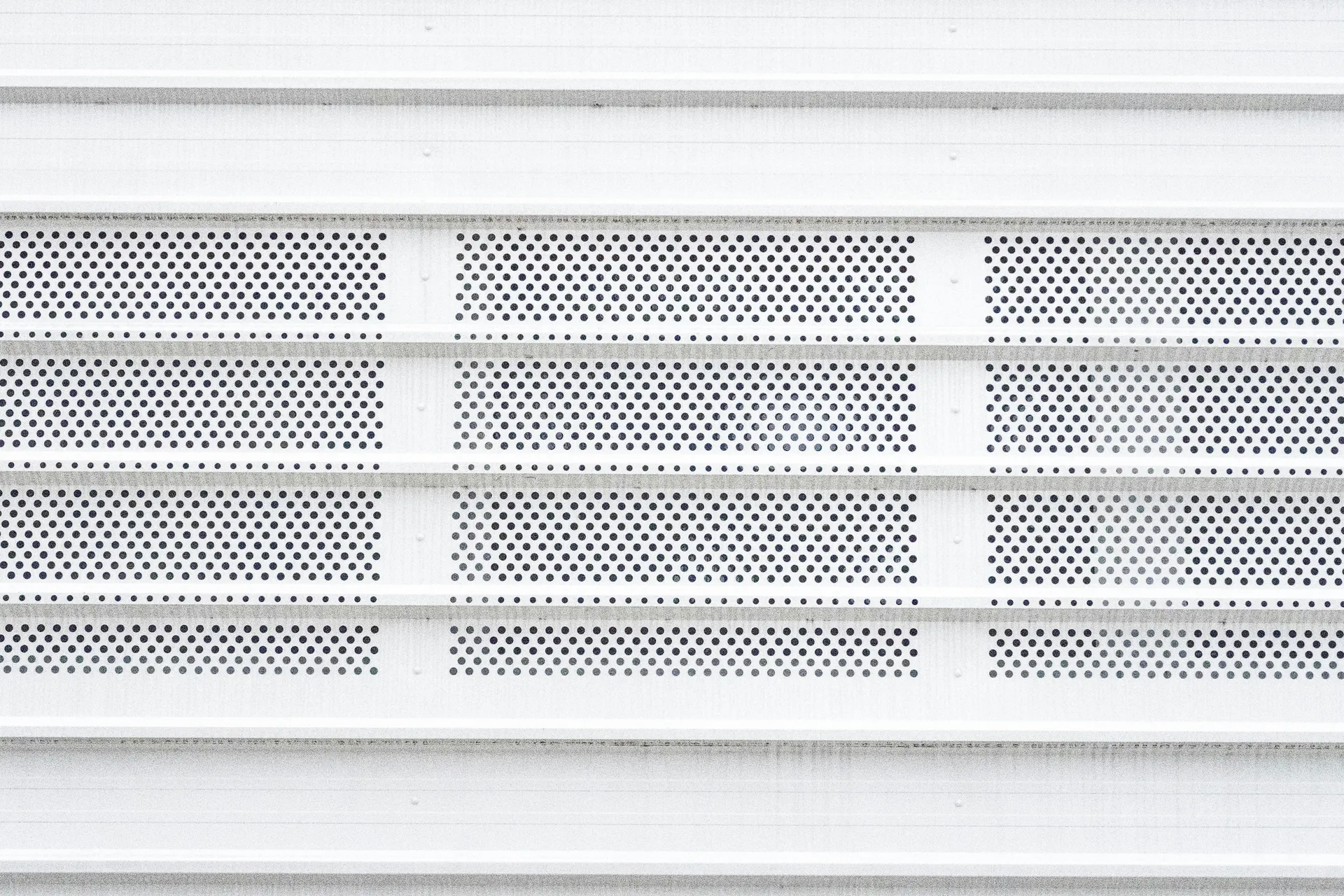
How Long Does a Furnace Last? Average Lifespan and Replacement Signs
As an HVAC technician, the most common answer I give is: a modern furnace should last between 15 to 20 years. However, this is just an average. The real lifespan of your furnace depends heavily on its type, your maintenance routine, and several other key factors. In this guide, we’ll break down exactly what to expect and when it’s time to start planning for a replacement.
Think of your furnace not just as an appliance, but as a long-term investment in your home’s comfort and safety. Understanding its lifecycle is key to managing that investment wisely.
Key Takeaways
- The 15-20 Year Rule: This is the standard lifespan for a modern gas furnace. Electric models can last longer (20-30 years).
- Maintenance is Everything: The single most important factor in extending your furnace’s life is annual professional maintenance.
- Efficiency is a Clue: Rising energy bills are a clear sign that your furnace’s efficiency is declining with age.
- Repair Costs Matter: If a single repair costs 50% of a new furnace, replacement is the smarter financial choice.
Average Furnace Lifespan by Type
Not all furnaces are created equal. The type of fuel your furnace uses has the biggest impact on its expected lifespan.
| Furnace Type | Average Lifespan | Key Factor |
|---|---|---|
| Gas Furnace | 15-20 Years | Most common type; combustion creates wear and tear. |
| Electric Furnace | 20-30 Years | Fewer moving parts and no combustion lead to a longer life. |
| Oil Furnace | 20-25 Years | Robust but requires more frequent maintenance and cleaning. |
Source: Based on data from the Department of Energy and industry-wide field experience.
6 Key Factors That Affect Furnace Lifespan
Why does one furnace last 12 years while its identical neighbor lasts 22? The answer lies in these six factors.
-
Regular Maintenance: This is the number one factor. An annual professional tune-up cleans critical components, lubricates moving parts, and catches small problems before they become catastrophic failures. It is the single best investment you can make in your furnace’s longevity.
-
Proper Sizing and Installation: A furnace that’s too big for your house (oversized) will turn on and off frequently. This “short cycling” puts excessive wear on components like the ignitor and blower motor, drastically shortening its life. A professional installation with proper sizing is critical.
-
Thermostat Settings: Constantly making large adjustments to your thermostat forces the furnace to work harder. Using a programmable or smart thermostat to maintain a consistent temperature is much healthier for the system.
-
Air Filter Replacement: This is the most important maintenance task a homeowner can do. A clogged filter restricts airflow, forcing the furnace to run longer and hotter to heat your home. This can damage the heat exchanger, one of the most expensive parts to replace. Check your filter monthly.
-
Climate and Usage: It’s simple logic: a furnace in Minnesota will run far more hours per year than one in Florida. Higher usage naturally leads to a shorter operational lifespan.
-
The “Human Factor”: Simple household habits matter. Keeping your air vents and return registers unblocked by furniture or rugs ensures proper airflow and reduces strain on the system.
Warning Signs: When to Replace Your Furnace
How do you know when you’re nearing the end of your furnace’s life? Look for these warning signs.
Furnace Replacement Checklist
If you have a gas furnace, check the color of the burner flame. It should be a steady blue. If you see a yellow, flickering flame, it’s a sign of incomplete combustion and could indicate a dangerous carbon monoxide leak. Shut off the furnace immediately and call a professional.
Before you blame your furnace entirely for high energy bills, remember it’s part of a system. As an HVAC tech, Alex is right about furnace efficiency, but as a building envelope specialist, I urge you to also check for air leaks around windows, doors, and inadequate attic insulation. A new, high-efficiency furnace in a leaky house is like pouring water into a bucket with holes.
What to Expect: New Furnace Replacement Costs
Replacing your furnace is a significant home investment, but it’s one that often pays for itself over time through lower energy bills. Understanding the all-in cost is the first step in planning this upgrade.
Typical Furnace Replacement Cost (Installed)
This all-in price includes the new furnace unit, professional labor for removal and installation, and any necessary modifications to ductwork or ventilation.
Cost factors:
- Furnace Efficiency (AFUE Rating)
- Unit Size (BTUs)
- Brand and Model Tier
- Installation Complexity & Local Labor Rates
Planning a complete HVAC upgrade? When replacing your furnace, consider upgrading your AC too for better efficiency and potential bundle savings. Use our AC replacement calculator to budget for a complete system.


